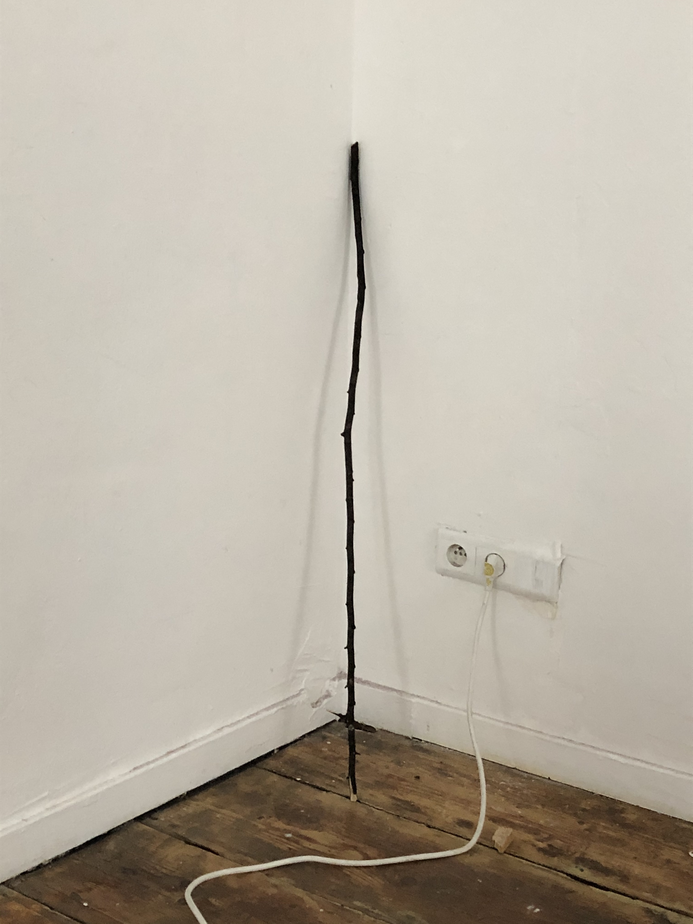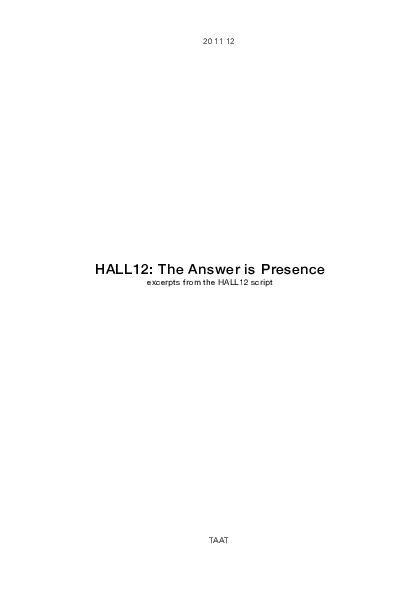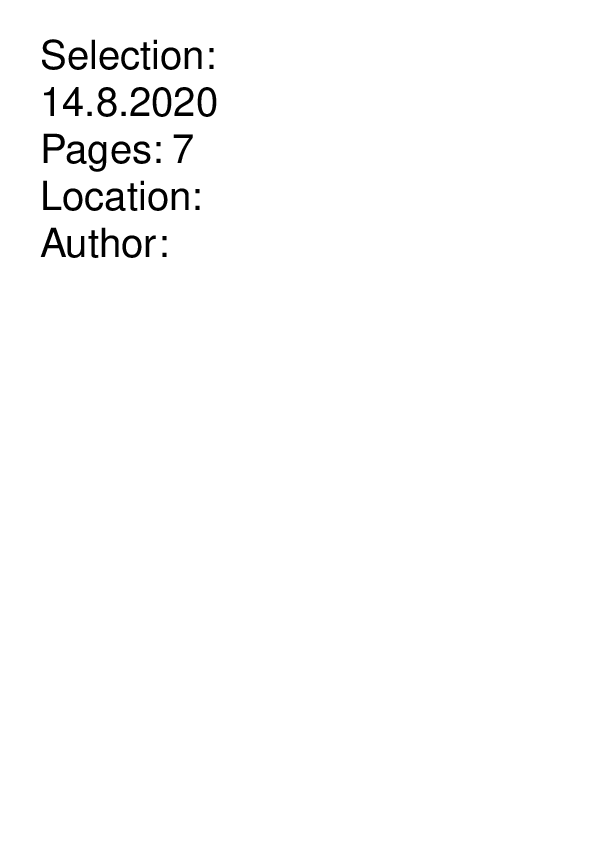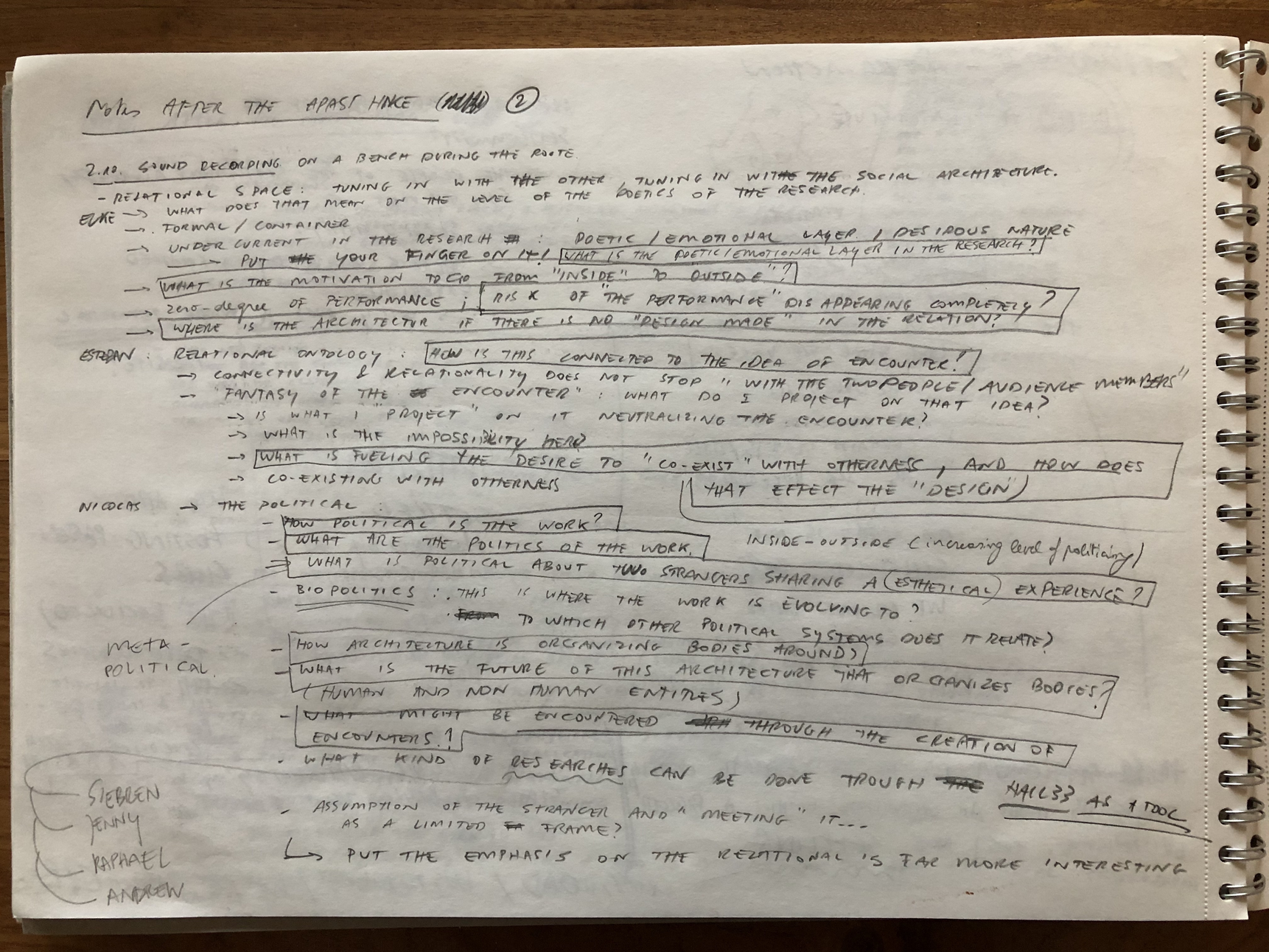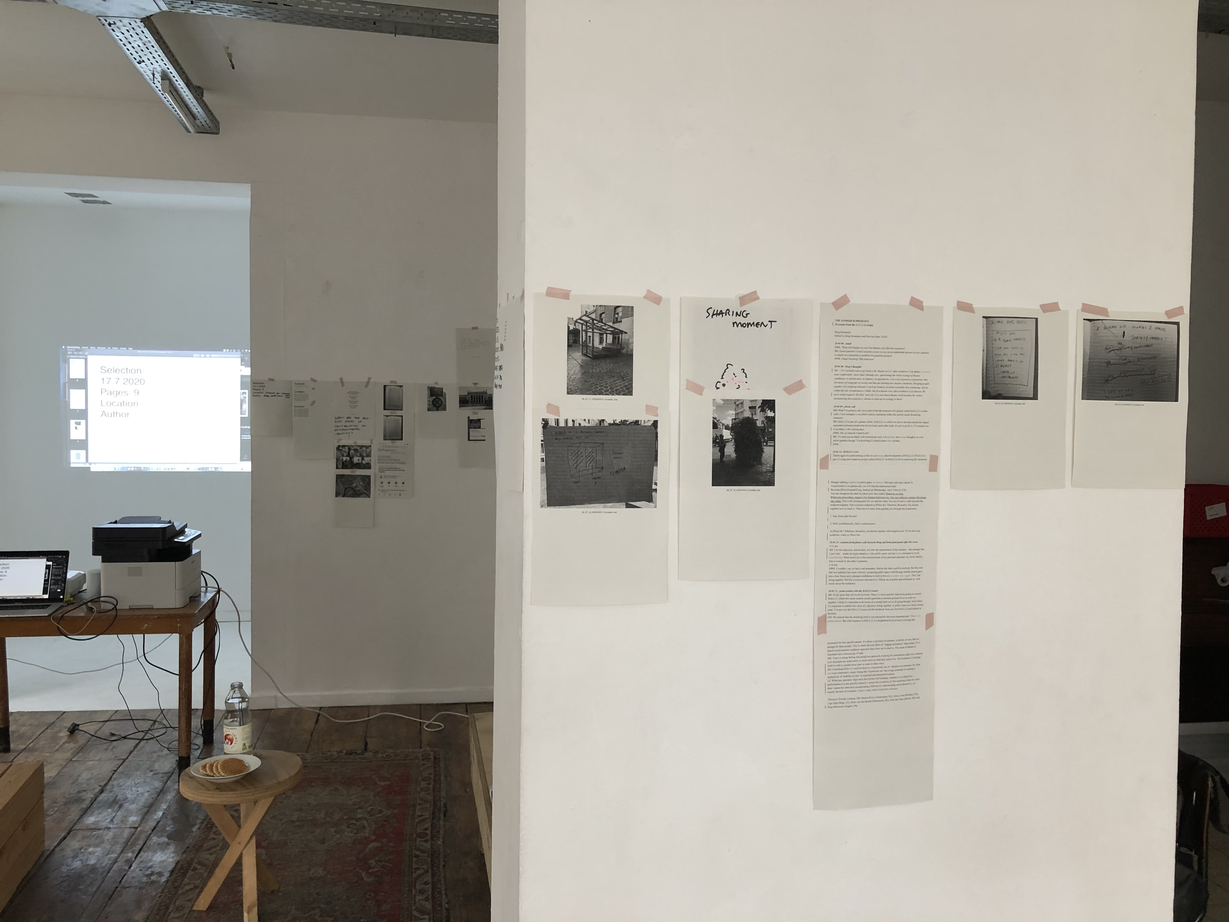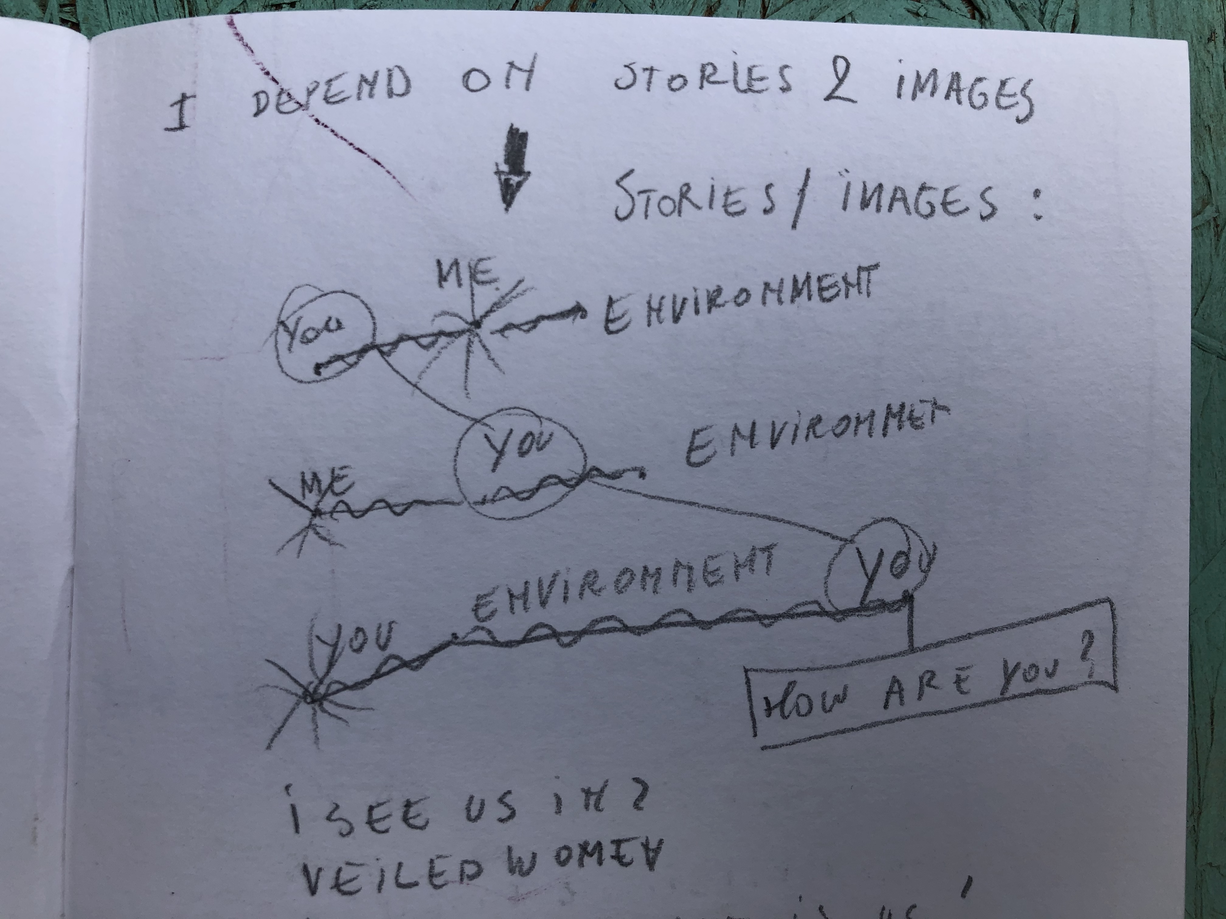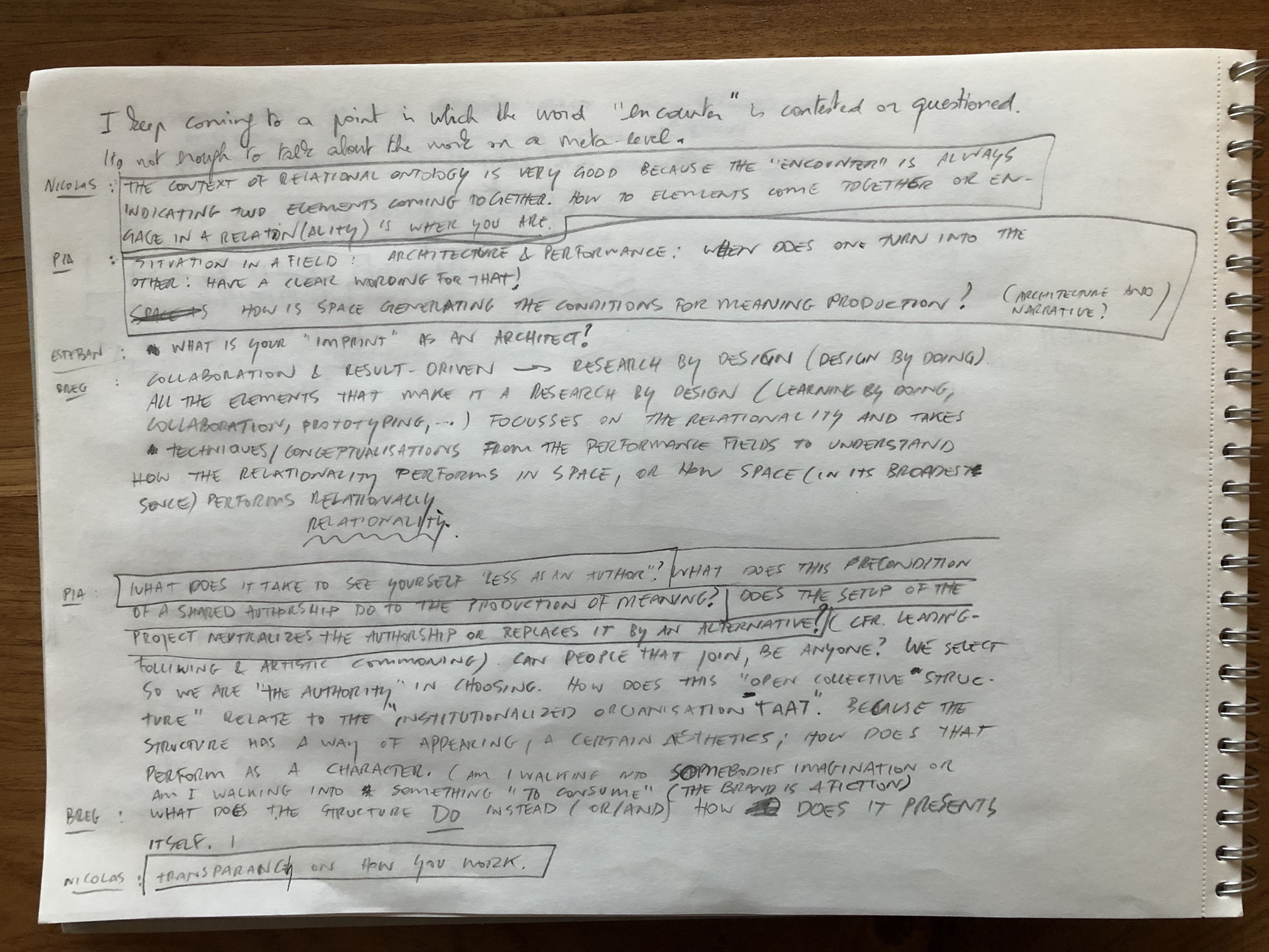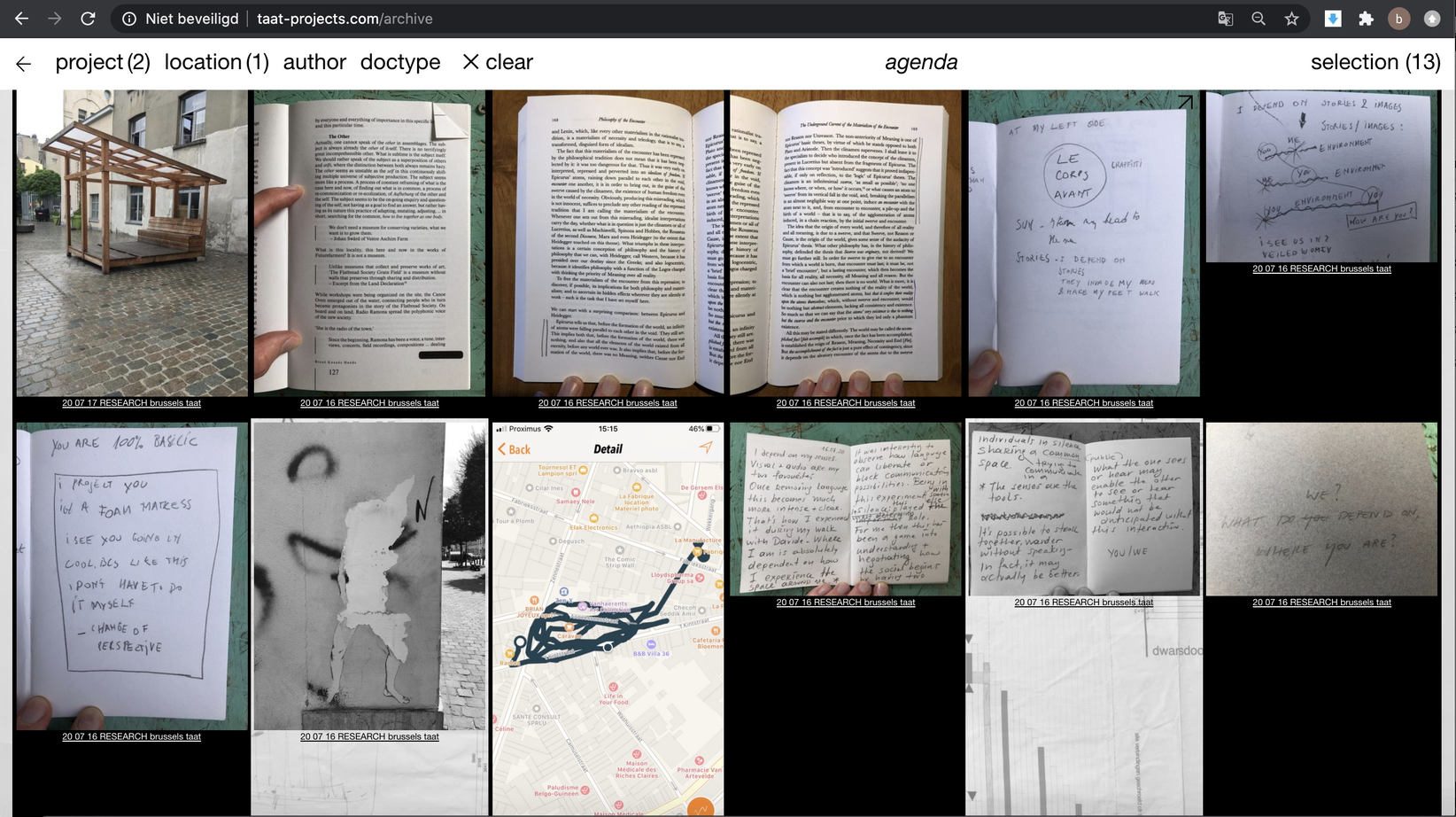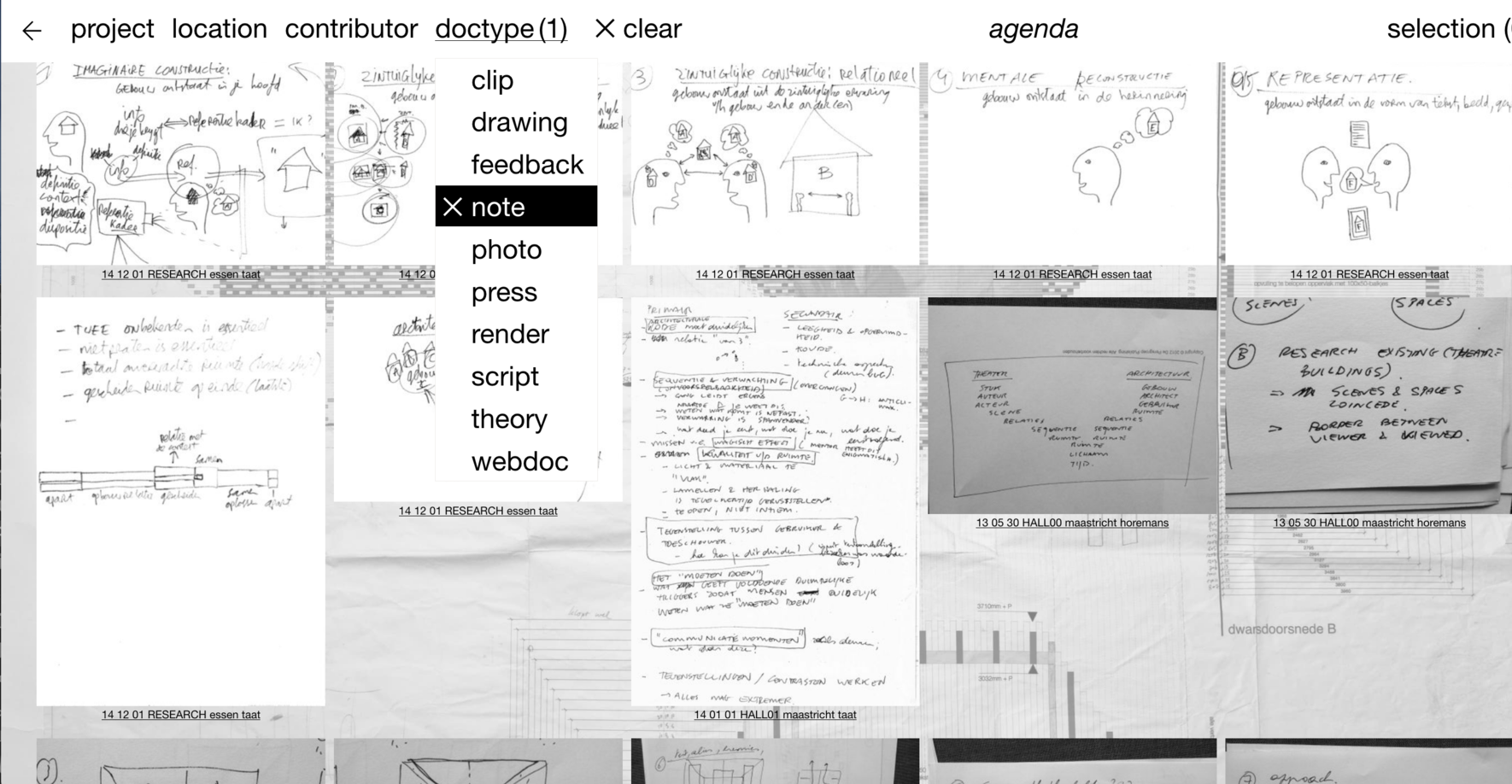FACT SCRIPT/
TIMELINE
2012-2020
MARCH 2020
HALL09 Vilnius
(3 day workshop)
APRIL 2020
MAY 2020
JUNE 2020
JULY 2020
HALL12 walks
(Szenne Art Lab)
AUGUST 2020
HALL12 walks
(Riga)
SEPTEMBER 2020
OKTOBER 2020
NOVEMBER 2020
DECEMBER 2020
HALL12 walks
(Maastricht, Winternights)
Where lie the poetics/desire of the research?
Where lies the desire of the research? And of the project HALL33?
The encounter between Gert-Jan and I, generated a third thing, a question with a spatial answer. Can we make a building that is a theatre play? Yes, let's call it HALL33. This third thing (a material thing in Rancieres sense) lay the footprint for a longterm project, materially and immertially, building (a) relationship(s). The desire and the poetics is outside of me, but in between us. This moment was fundamental in the formulation of the core values in which our practice developed, shared authorpship, transdisciplinarity and open source development.
Tuning in with each other. Tuning in with the social architecture.
What is a relational space?
The third thing is leading. (material thing Ranciere) It allows for:
(see notes, p1 on iterative discourse)
What is the motivation for going from 'inside' to 'outside'?
So what builds a strong relationship: giving eachother space, being constructively critical, caring, supportive, collaborative, trustfull.
NOTES OF MY APASS DIARY
(making a note as a builidng stone in a conversation)
(NOTE BY ELKE DURING THE HIKE)
Where lie the poetics/desire of the research?
Where lies the desire of the research? And of the project HALL33?
The encounter between Gert-Jan and I, generated a third thing, a question with a spatial answer. Can we make a building that is a theatre play? Yes, let's call it HALL33. This third thing (a material thing in Rancieres sense) lay the footprint for a longterm project, materially and immertially, building (a) relationship(s). The desire and the poetics is outside of me, but in between us. This moment was fundamental in the formulation of the core values in which our practice developed, shared authorpship, transdisciplinarity and open source development.
(NOTE BY ELKE DURING THE HIKE)
What is the position of 'the architecture' and 'the performance' in a setup where 'un-built space' and a 'zero-degree performance' (shift to framing just the 'hyperreality' of a conditioned/scripted situation) seem established in the practice?
HOW TO UNDERSTAND NOTING
MAKING A NOTE IMPLIES A SIDE-LINE, INFORMATION THAT CAN BE ADDED, BUT DOESNT HAVE TO, INFORMATION THAT IS OF A PERSONAL NATURE, SOMETHING THAT YOU LIKE TO KEEP TRACK OF, OR A CONNECTION THAT YOU MAKE.
IN WHAT WAY CAN A NOTE PLAY A SUBSTANTIAL ROLE ON THE OUTCOME OF THE 'WHOLE SCRIPT'.
VALUING NOTES, REFRAMING NOTES AS 'SUBSTANTIAL' CONTENT, AND SHOWING THE INFILTRATION OF THEM INTO THE BODY OF WORK.
THE OBJECTIVE OF THE CONSTRUCTION OF A TEXT THROUGH NOTING, IS TO WRITE - IN RETROSPECT - THE INTRA-ACTIVE DIALOGUE OF ACTIONS AND REFLECTIONS THAT BUILT THE PRACTICE OF HALL12.
NOTES AS BUILDING BLOCKS OF AN ITERATIVE DISCOURSE.
How political is the work? What is political about two strangers that share time and space within the proposed framing.
What are the politics of (making and showing) the work?
Why do we care about the politicalness of the work? And where do we want to see the politicalness? On the level of the representation of the idea of ‘encounter’? Or on the personal dialogical level.
Do we care about the impact of ‘the idea’ of the work (putting the possibility of the encounter, or the encounter as an idea to the foreground)?
Ref David Weber Kreps: Occupying public space in a silent act of togetherness.
What are the politics of (making and showing) the work?
Politics of the open source approach (how is authorship defined? Social space, Ratti, Lefebvre)
Politics of materiality: the wood, the bolts, the connections, the material resourcing
Politics of presentation: the zero-degree performance and the ‘deconstruction’ of the architecture as a representation. Construction and deconstruction of architecture as a representational medium. Or installation art as a representational medium? (Dorothea van Hantelmann only talks about work in a strict white cube context, clearly stating that ‘the recognition of art as art is dependent on the artistic conventions as ‘guarded’ by the institution.
Politics of situating people: spatial component in what Ranciere calls the ‘metapolitical’ that incorporates an embodied experience of hierarchy for example, reciprocal visibility and a social component (the two people as two ‘identities’, representation of the every day serve, Goffman). The situation of two ‘people’ in the full awareness of themselves as human beings, as spect-ators: isn’t the politics lying in the acknowledgment of these people in there own fullness. How are the mechanics of this empowerment strategie working, and how does this work as an element of meaning making?
Of Rothko would make an installation: it would be an empty space, with colors and textures, maybe positions? ‘I don’t have anything to show you’ besides what is ‘not to show or not showable’.
The above can be seen as the ‘front stage politics’. Or the politics within the ‘artistic conventions’
Politics of a strategic collaboration (presentation partners, schools, festival, funds,…)
-> the process of ‘going outside’ goes parallel to finding a un-stutional model of organization, a rhizome.
What might be encountered through the creation of encounters?
Reframing the question from the 'third thing' instead of the encounter:
What kind of 'other' third things might arise by creating condtitions for third things to arise?
A 'click' between two people that stay connected to eachother or stay connected to the practice, and even follow/use the practice as a 'third thing' between themselves and other beings?
